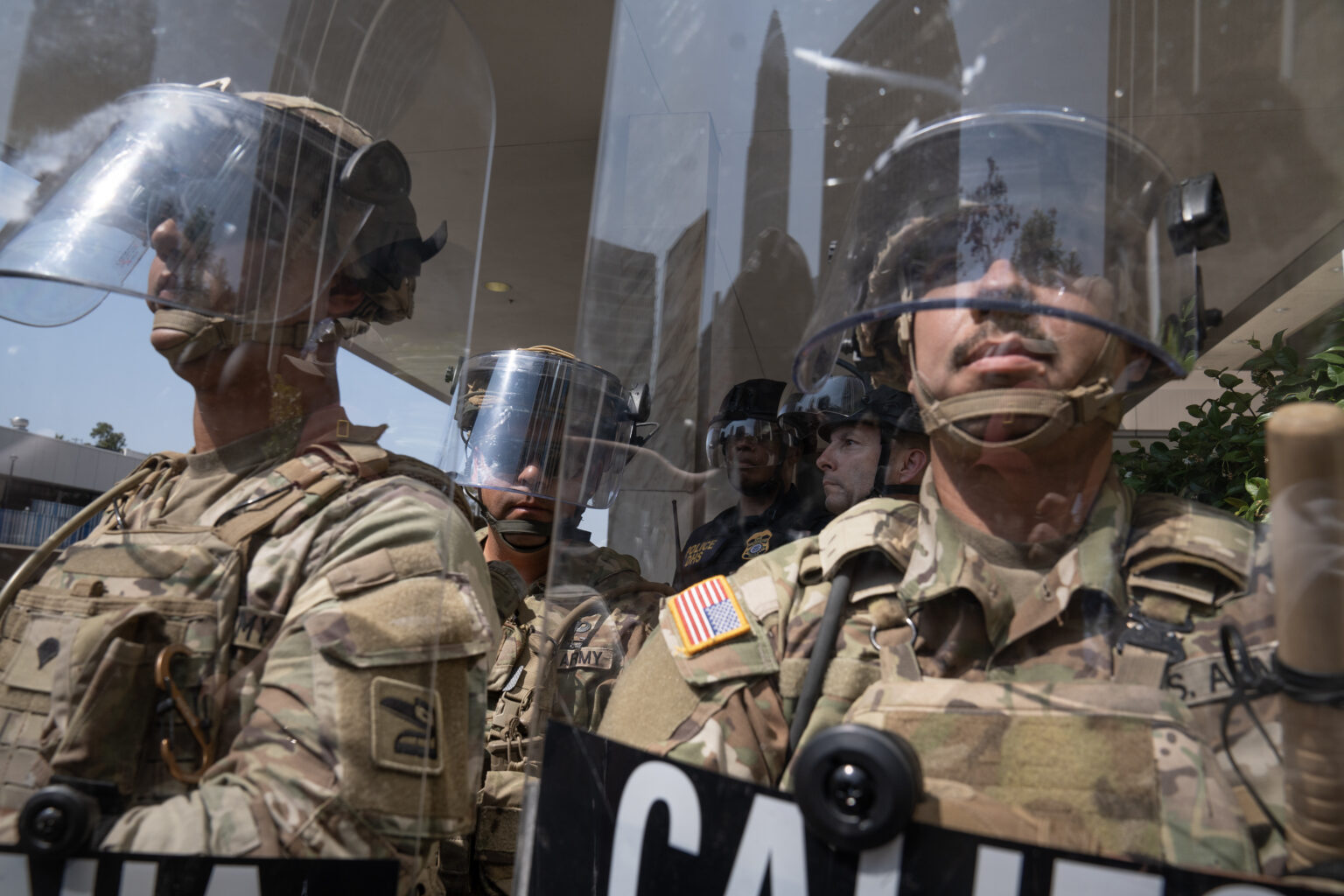Legal Ruling Allows Continued Presence of National Guard in Los Angeles Amid Ongoing Dispute
In a significant development, a federal appellate court in San Francisco has ruled that President Donald Trump is permitted to maintain the deployment of the California National Guard in Los Angeles for the time being. This decision marks a strategic victory for the administration as it seeks to leverage military resources to manage protests linked to immigration enforcement and deportation policies.
Judicial Consensus on the President’s Authority
The ruling, issued unanimously by a three-judge panel of the U.S. Court of Appeals for the 9th Circuit, underscores that Trump’s decision to deploy the National Guard was within legal bounds, despite the absence of prior consultation with California Governor Gavin Newsom (D). Notably, the panel included two judges appointed by Trump during his first term and one appointed by President Joe Biden, reflecting a bipartisan judicial composition.
The court’s hearing, held on Tuesday, centered on whether the president’s actions crossed legal boundaries. California challenged the deployment, arguing that it was unlawful, leading to a district court ruling in favor of the state. However, the federal government swiftly appealed, asserting that protesters hindered federal law enforcement efforts related to deportations and that the president’s executive authority justified the military deployment.
Legal Arguments and Court’s Reasoning
In its decision, the appellate court rejected the federal government’s claim that the president’s authority to deploy the National Guard should be immune from judicial review. Conversely, it also dismissed California’s argument that federal law explicitly mandates gubernatorial consultation prior to such deployments, emphasizing that the process could be routed through the governor without requiring direct approval.
The court ultimately determined that the president demonstrated sufficient cause to believe that protests were obstructing federal immigration enforcement activities. The judges found that deploying the National Guard was a necessary response, citing evidence of violent acts by protesters, such as throwing objects at Immigration and Customs Enforcement (ICE) vehicles, damaging federal property, and breaching secure areas.
“Respecting the President’s discretion, we conclude that he likely acted within his constitutional and statutory authority in federalizing the National Guard,” the ruling states.
Context and Implications of the Legal Battle
The initial hearing focused narrowly on whether the National Guard could remain in Los Angeles during ongoing litigation over the president’s authority to deploy state military forces. The judges indicated a strong likelihood that Trump would prevail on the broader legal questions, which is why they permitted the troops to stay temporarily.
At the height of the protests, Trump authorized the mobilization of up to 4,100 National Guard members and Marines to respond to unrest related to immigration policies. California officials acknowledged that some protests had turned violent but maintained that local law enforcement was fully capable of managing any disturbances. They also highlighted that no previous president had deployed the state’s National Guard without gubernatorial approval, raising questions about executive overreach.
Legal filings from California sought to limit the scope of military actions, arguing that troops should only be tasked with protecting federal facilities and personnel, not engaging in broader crowd control or law enforcement activities.
Broader Legal and Political Ramifications
While protests in Los Angeles have diminished, with law enforcement outnumbering demonstrators on many days, the legal debate remains unresolved. The case’s outcome could influence future presidential use of state National Guards during civil unrest, especially if protests against federal policies persist or escalate.
Previously, U.S. District Judge Charles R. Breyer sided with California, ruling that the president’s deployment was unlawful, citing violations of statutory authority and the Tenth Amendment. He ordered Trump to relinquish control of the troops to the governor. However, before that order could take effect, the Ninth Circuit temporarily allowed the troops to remain on the streets, pending further legal proceedings.
This ongoing legal contest underscores the complex balance of power between federal authority and state sovereignty, particularly in the context of civil demonstrations and national security concerns. As the case advances, it may ultimately reach the Supreme Court, setting a precedent for presidential authority over military deployments in domestic situations.
Contributors to this report include Frances Vinall and Jintak Han.

